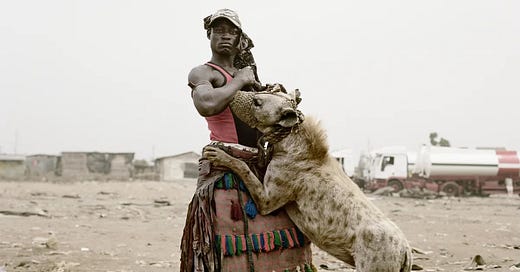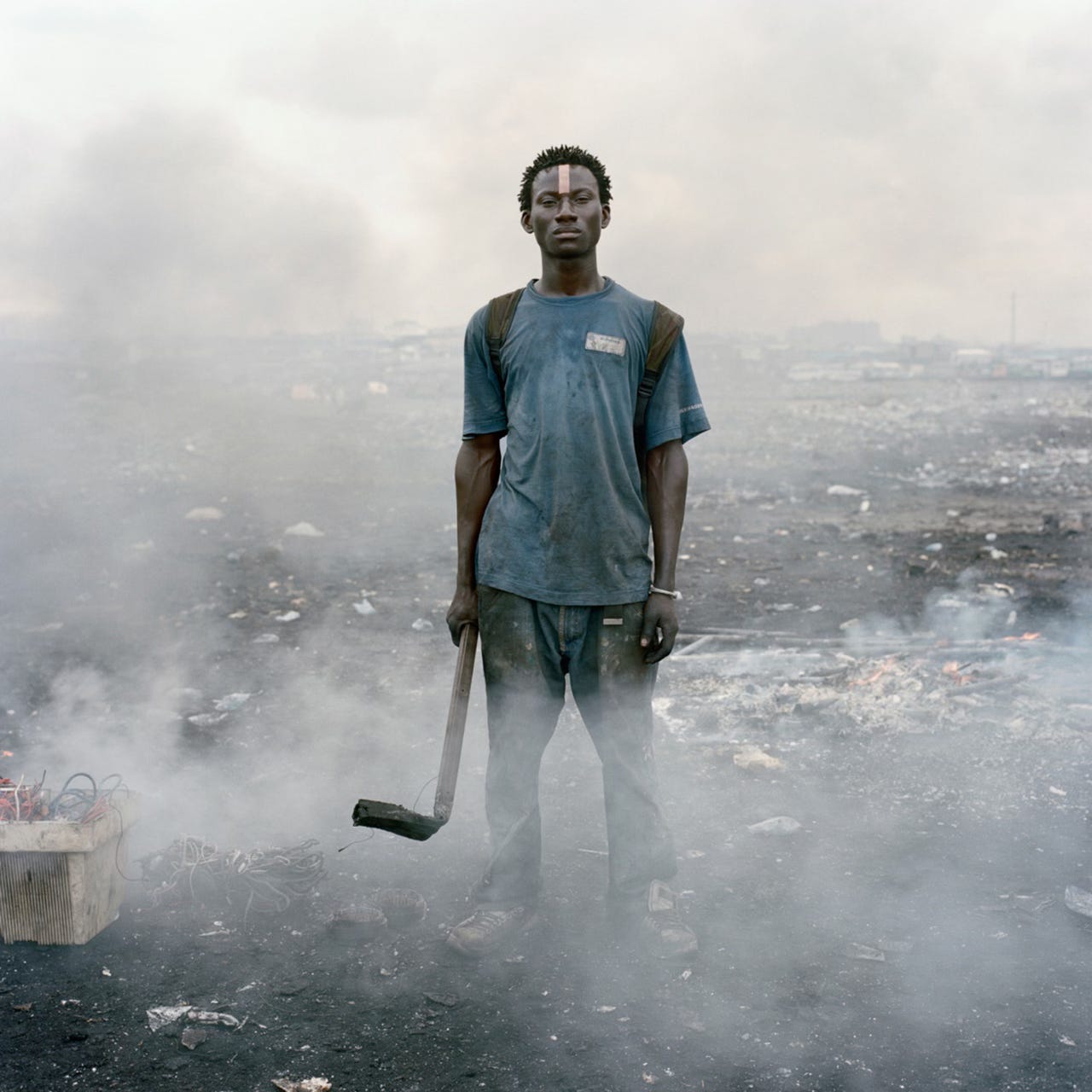South African photographer Pieter Hugo: The man with the golden shutter
Come to South Africa and come tackle your prejudice right along with us...
Never fearing dissent from the masses of critics, ZA photographer Pieter Hugo has over the last few decade created work, albeit seemingly only artistic, that delves into the political as he verifies a new way of seeing Africa - away from the typecast. The forty-something Jozi (Johannesburg in local slang) born photographer is self-taught and was said to have picked up a camera at age 10 calling himself “a political-with-a-small-p photographer.” Called “astute” by various critics in national and international press, the unassuming Hugo is known to use a Hasselblad camera and often shoots in 4x5 format: creating work that’s more than astute and everything but bashful.
One of Hugo’s works I never stop thinking about is “There’s a Place in Hell for Me and My Friends” compromise a series of portraits that accost the looker-on with its ability to seemingly transcend race, gender and hopefully prejudice.
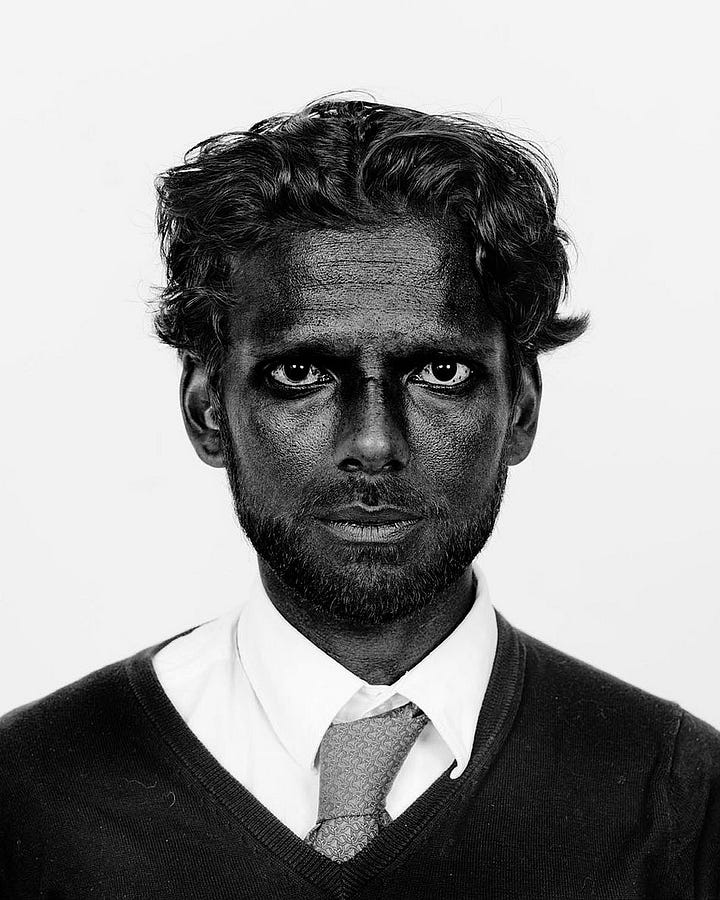
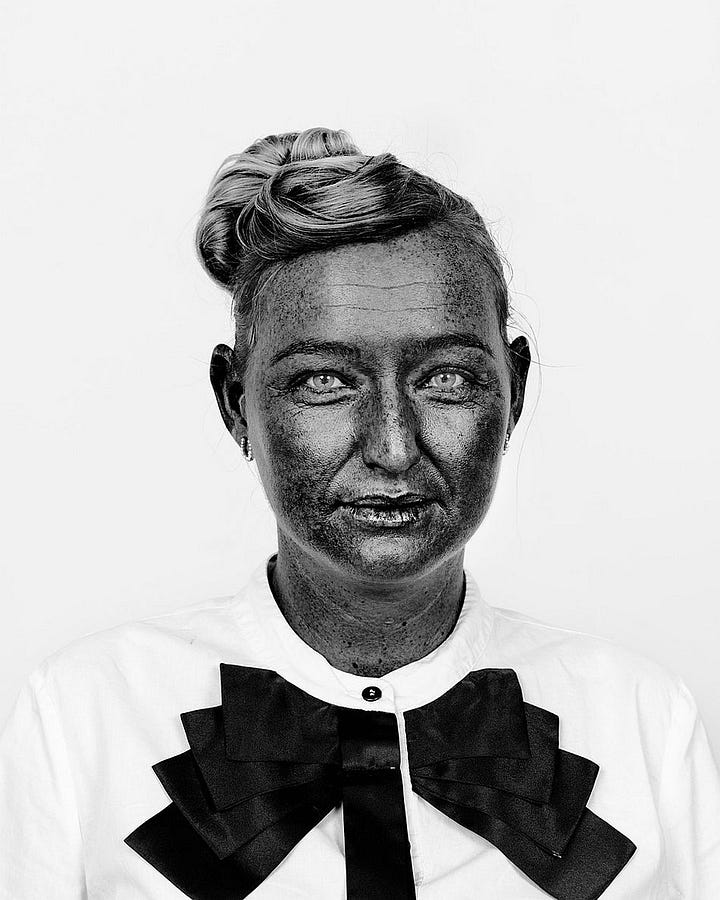
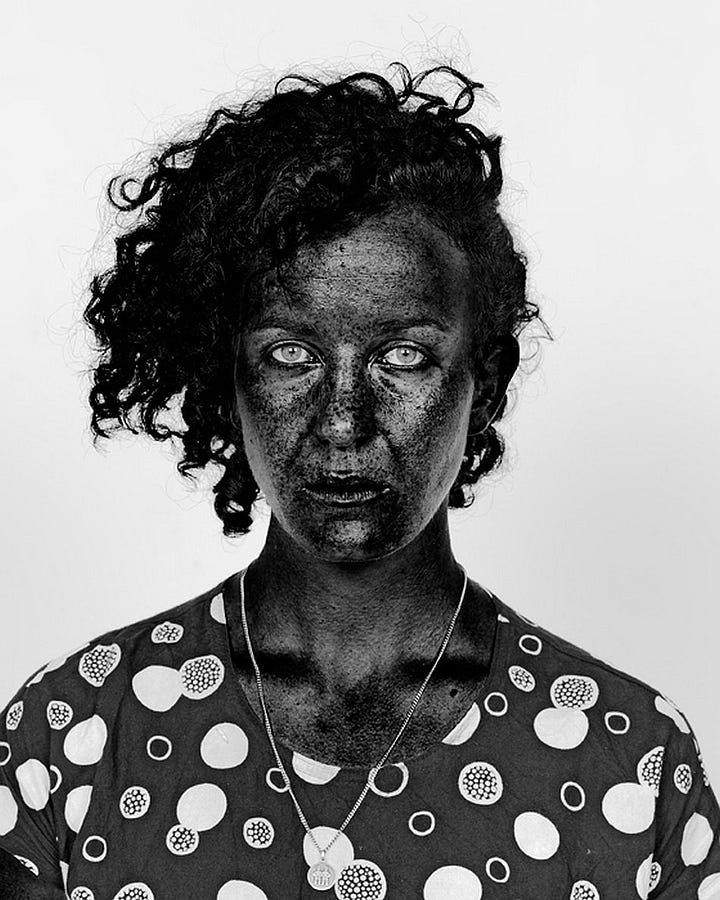
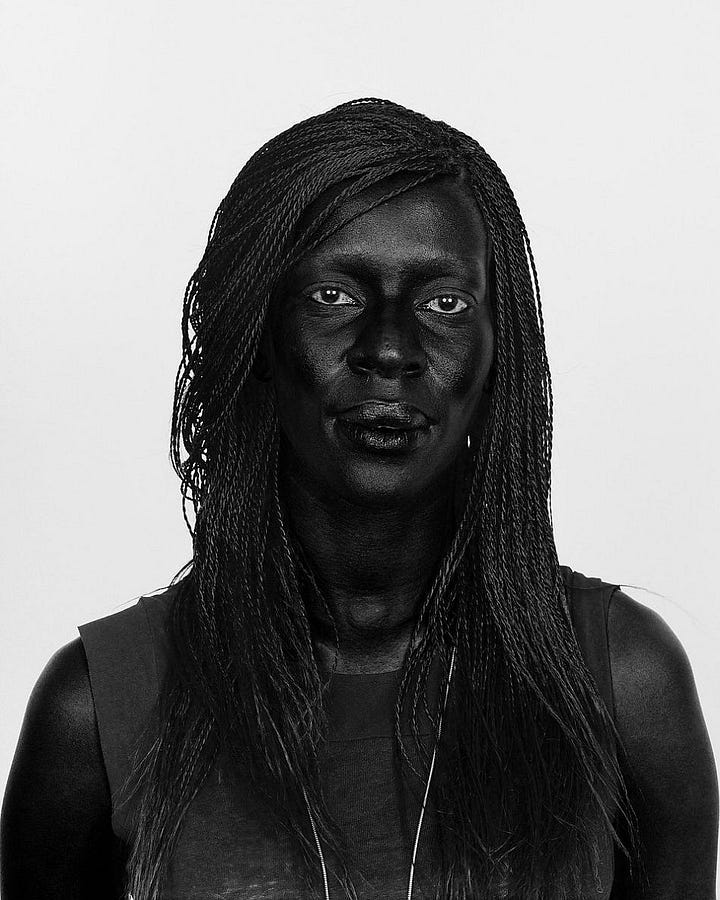
Apt in a time that South Africa is looking back, then a few decades on, post-Apartheid in a new state of race and colorfulness. The heightened monotone of skin translated into dark tinges is what makes the work more and more interesting to stare at. As the composition manages to dislodge the range of dubiety and variance it gives way to reveal the role and roles that race play on a superficial skin level and allows for a betrayal of partisanship.
Hugo’s supposed premise with this fund of work is that we are in fact all “coloured” and that becomes apparent as he manipulates the colour channels and enhances some of the grey scales in the work of these people all of sundry ethnicities, and ideals. An accompanying essay rifles through the technical digital facility and discusses how Hugo manipulated melanin pigments (pheomelanin for red and eumelanin for yellow) to a place of darkness showing as blacks and grays. The essay boldly stated, “humanity today represents an ever-developing photograph of the entirety of its own existence,” a marvelous tract of progress albeit again from Darwin’s camp of adaptation.
It was critic and icon Susan Sontag who claimed in 1982 that photographs “are indeed able to usurp reality because first of all a photograph is not only an image, an interpretation of the real; it is also a trace, something directly stencilled off the real.” Hugo’s work takes this postulation and throws it loosely in the wind to germinate where it needs to by embracing the exactly that, the stencil. The origin of stencilling comes from the 18th century and means to ornament with various colours, a technique Hugo uses here to challenge what is real and what is all part of the construct that South Africans, and humans, see each other and themselves.
Another one of Hugo’s works “Permanent Error” is also on my mind as we go into a strange era where we have told the planet to go get fucked. And that one focuses on a dumping ground for tech-waste, on the periphery of Accra, the capital of Ghana with its slum denizens relying on the processing and burning of discarded material was the crash-boom-bang of the four. “Permanent Error” carries that with a certain force of endangerment and blunder uncalculated by the western world.
Known for his almost circus performing witches, who also collect debt, in Nigeria, his work continues to explore an almost-subculture through its gloaming where the subculture is so uneasy with itself it almost tips over with its own demise. The way that Hugo keeps bringing a new way of seeing into his work is what brings the scratching inhumane-humanity into his craft – a single shot at a time.
Try, just try to unsee all that.
And whilst I have you thinking about South Africa - please read the facts about ‘Afrikaner genocide’ as the MAGA world is not telling you the truth at all
Follow the NYT, WSJ and The Guardian as they have the facts
For more on Pieter Hugo see http://www.pieterhugo.com/.

